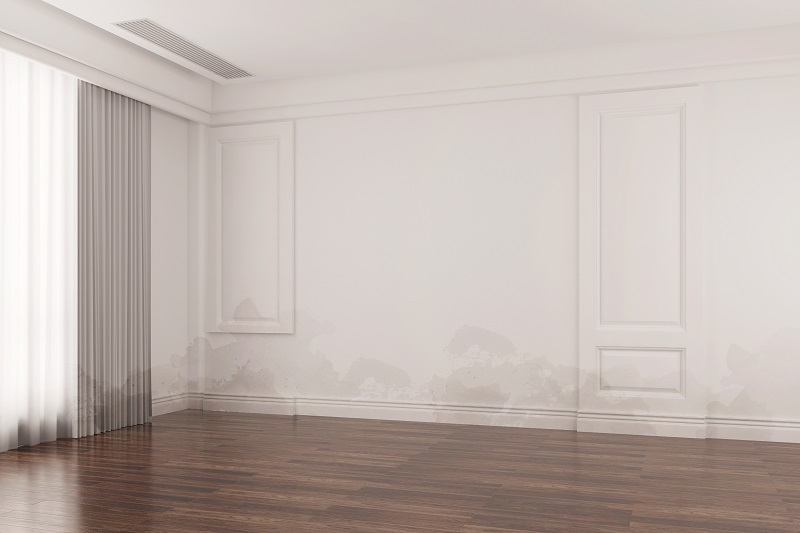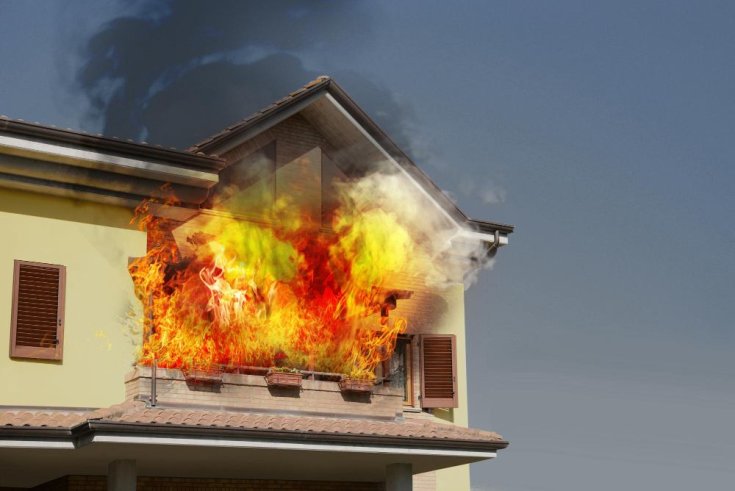404-900-3852
15-45 Minutes Response Time
404-900-3852
15-45 Minutes Response Time
Drywall is an integral component of any home or business. Its purpose is not merely structural but also aesthetic, providing a smooth, finished surface that enhances the overall appearance of your space. While drywall is highly versatile and durable, it is not impervious to water damage, which can wreak havoc if left unattended. In this brief read brought to you by Tidal Wave Restoration, we’ll share some tips on spotting water-damaged drywall. We’ll also offer some preventative tips.


How To Prevent Water Damage from Leaking Appliances Water damage from leaking appliances can wreak…
 December 11,2023
December 11,2023

Precautionary Measures to Prevent a Fire on Your Home Home and business fires are awfully…
 December 06,2023
December 06,2023
If you are dealing with water damage and need a water damage expert, then call Tidal Wave Restoration to schedule an appointment or request urgent water damage cleanup today.
Drywall, also known as plasterboard or wallboard, is a construction material containing a core of gypsum sandwiched between layers of paper. It is widely used in both residential and commercial properties due to its cost-effectiveness, ease of installation, and the smooth surface it offers for painting or other decorative finishes. Drywall is commonly used for interior walls and ceilings, making it a fundamental element of most buildings.
Despite its many advantages, drywall is awfully susceptible to water damage. The paper layers on the surface of drywall are particularly vulnerable to moisture and, once they get wet, they can weaken, warp, and promote the growth of mold and mildew. The usual suspects for water damage on drywall include leaky roofs, plumbing leaks, flooding, and high humidity.
Recognizing the signs of water-damaged drywall is crucial for addressing the issue promptly and preventing further damage. Luckily, spotting water-damaged drywall is simple enough. Here are some common red flags:
The sooner you catch these warning signs, the sooner we can get started on the water damage removal. Ignoring water damage will allow the issue to spiral into bigger problems down the road.
No one wants to interrupt their schedule to deal with water damage restoration. Replacing drywall can cost hundreds and even thousands of dollars. An ounce of prevention is worth more than a pound of cure, so implement these preventative measures and save yourself the headache:
If you discover signs of water damage, it's vital to address the issue promptly. Determine the source of the water damage and fix it to prevent further infiltration. Use fans and dehumidifiers to thoroughly dry the affected area, and replace any severely damaged drywall. If mold is present, seek professional assistance for its safe removal and remediation.
If you are looking for water damage restoration specialists in the Metro Atlanta area, then call Tidal Wave Restoration to hire a uniformed professional. We are happy to schedule a convenient appointment or arrange an urgent dispatch.